Potassium Nitrate is a white, crystalline, water-soluble salt composed of potassium and nitrate ions. It is widely used as a fertilizer, providing essential nutrients for plant growth, and as an oxidizing agent in industrial applications. In the food industry, it is used as a preservative and curing agent, while in pyrotechnics and fireworks, it serves as a key oxidizer to support combustion and produce controlled effects. Potassium nitrate is also employed in glass and ceramic production, metallurgy, and laboratory chemical processes.
-
Chemical Formula: KNO₃
-
Appearance: White crystalline powder
-
Key Uses: Fertilizer, oxidizer, preservative, laboratory reagent
-
Industries: Agriculture, food processing, pyrotechnics, chemical manufacturing, metallurgy
-
Low toxicity by ingestion, but large amounts may cause nausea, vomiting, or abdominal pain.
-
May cause irritation to the eyes, skin, and respiratory tract if dust is inhaled.
-
Prolonged or repeated exposure can irritate skin.
Fire & Explosion Hazards:
-
Strong oxidizer — can accelerate combustion of flammable or combustible materials.
-
Can cause or intensify fires when in contact with organic materials, reducing agents, or finely divided metals.
-
Not flammable itself, but contributes oxygen to support fire.
Environmental Hazards:
Precautionary Measures:
-
Store away from heat, sparks, open flames, and incompatible substances (reducing agents, organics, metals).
-
Avoid breathing dust; use in well-ventilated areas.
-
Wear protective gloves, clothing, and eye protection.
-
Wash hands and exposed skin after handling.
-
Dispose of safely according to local regulations.
Uses
Main uses of Potassium Nitrate (KNO₃)
1. Agriculture & Horticulture
2. Food industry
3. Pyrotechnics & Fireworks
-
Oxidizer in fireworks and flares: Supplies oxygen to fuel compositions to produce effects (colours, lifts, smoke).
-
Black powder component: Historically and commercially used as the oxidizing salt in gunpowder/black powder formulations.
4. Propellants & Explosives (industrial or historical uses)
5. Glass, Ceramics & Metallurgy
6. Laboratory & Chemical Manufacture
7. Pharmaceuticals & Personal Care
8. Other niche uses
Key safety notes (short)
-
Strong oxidizer — can accelerate combustion of organic/flammable materials.
-
Store cool, dry, away from reducing agents and combustible materials.
-
Handle with basic PPE (gloves, eye protection); avoid contamination with organics/oils.
-
Regulatory: Uses in food, pyrotechnics and explosives are regulated in many countries — follow local laws.
Hazards
Hazard Statements (H-codes):
-
H272 – May intensify fire; oxidizer.
-
H302 – Harmful if swallowed (for high exposure concentrations).
-
H319 – Causes serious eye irritation.
-
H335 – May cause respiratory irritation.
-
H411 – Toxic to aquatic life with long-lasting effects (if large quantities are released).
Precautionary Statements (P-codes):
-
P210 – Keep away from heat, hot surfaces, sparks, open flames, and other ignition sources.
-
P220 – Keep/Store away from clothing and combustible materials.
-
P221 – Take any precaution to avoid mixing with combustible or reducing materials.
-
P261 – Avoid breathing dust/fume/gas/mist/vapors/spray.
-
P264 – Wash hands thoroughly after handling.
-
P273 – Avoid release to the environment.
-
P280 – Wear protective gloves, protective clothing, and eye/face protection.
-
P302+P352 – IF ON SKIN: Wash with plenty of water.
-
P305+P351+P338 – IF IN EYES: Rinse cautiously with water for several minutes. Remove contact lenses if present and easy to do – continue rinsing.
-
P312 – Call a POISON CENTER or doctor/physician if you feel unwell.
-
P501 – Dispose of contents/container in accordance with local/regional/national regulations.

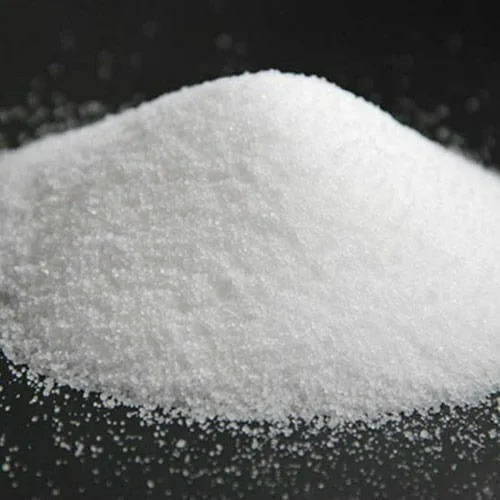
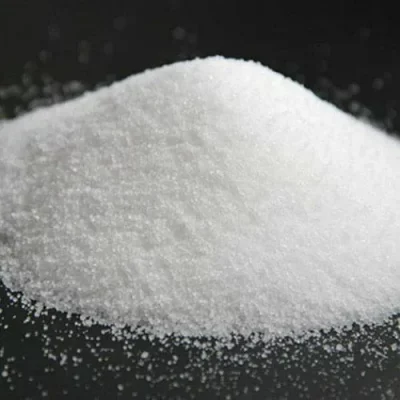
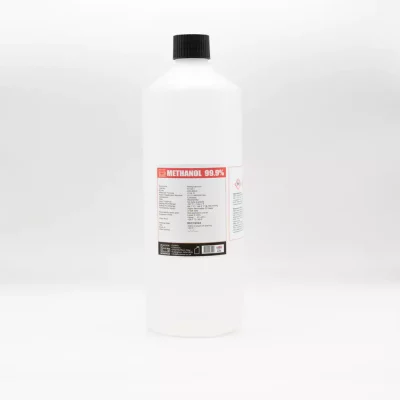
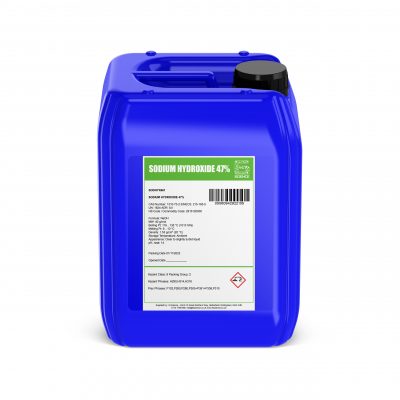
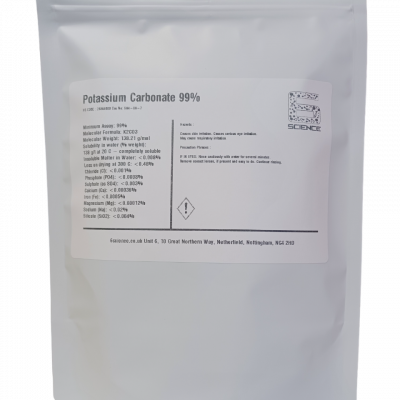
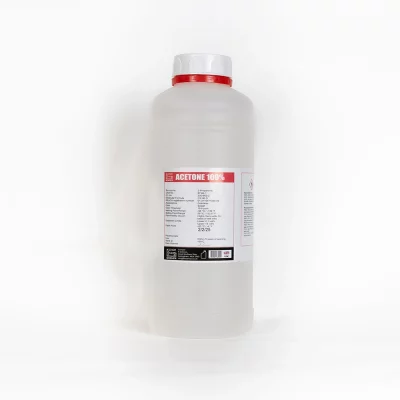
Reviews
There are no reviews yet.